Planting Fields at Oyster Bay
Saturday, April 27, 2013


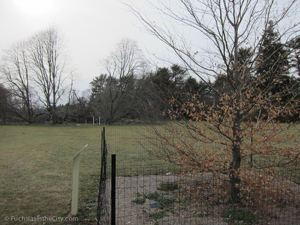


On to the grounds! 
Coe Hall. The original house burned to the ground in 1918 and was
replaced by this Tudor Revival mansion built between 1918-1921.




The swimming pool, now used as a fountain, and the pool house.


Left, the raised beds around the old swimming pool;
right, a garden folly for children called the Play House. Well… Maybe adults too.

The Camellia Greenhouse. Today it houses almost three hundred plants.


The Main Greenhouse and perennial beds.


Witch hazels, Hamamelis x intermedia ‘Arnold Promise’

Acer griseum, the paperbark maple.


Snowdrops, winter aconites and the fetid hellebore, Heleborus foetida.

The unfortunate aftermath of Hurricane Sandy in 2012.





One of Planting Fields’ most interesting feature is the alphabetically ordered Synoptic Garden.
It contains over a thousand shrubs and small trees from Abelia to Zenobia.


Right, Cornus alba ‘Kesselringii’.


Left, Cornus serica ‘Winter Flame’; Right, Cornus serica ’Silver and Gold.’

Cornus alba ‘Kesselringii’.

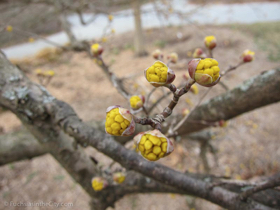

Cornus mas


Left, Corylus avellana ‘Contorta’; Right, Edgeworthia payrifera.
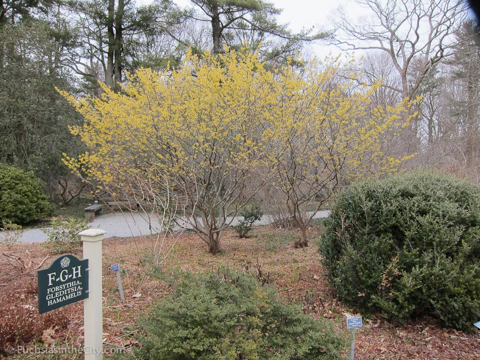
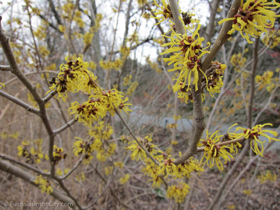

Left, Hamamelis x intermedia ‘Aphrodite’; Right, Hamamelis x intermedia ‘Angelly’.
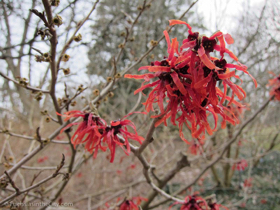

Left, Hamamelis x intermedia ‘Diane’; Right, Hamamelis x intermedia ‘Livia’.

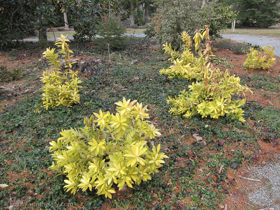
Left, the Japanese plum yew, Cephalotaxus harringtonia ‘Korean Gold’; Right, the small anise-tree, Illicium parviflorum ‘Florida Sunshine’.
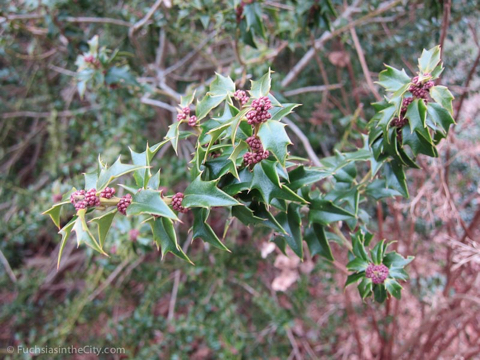
The Perny holly, Ilex pernyi.
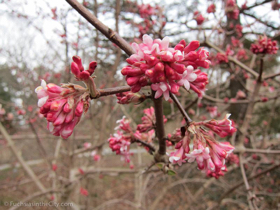
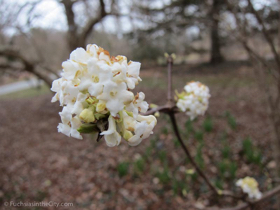
Left, Virurnum x bodnantense ‘Dawn’; Right, Viburnum dilatum ‘Eire’.


That’s about it. Only four letters to go and it’s back to the parking lot where… Wow! Last car left. I guess everyone else has already sped off to find some hot coffee to take today’s chill off. I love times like this, though, when you can have whole botanical gardens to yourself. Ha ha.
The Fuchsia+Blog Tags — botanical gardens | history | long island | spring















































